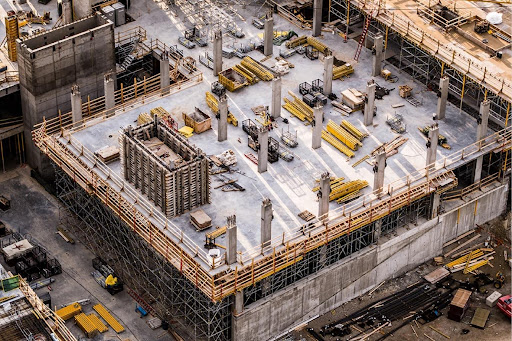
Every year, millions of dollars are squandered due to unproductive cost estimates. As a result, construction costs increase which affects the overall construction budget. Gratefully, the United States construction industry has come towards adopting doable methods. Among the most aptest latest technologies in this field is Building Information Modeling (BIM).
Have you ever known that this software is a digital and online tool for enlarging project plans, designs and estimate process? A parametric 3D model makes it possible to present both physical and functional aspects of a building. Besides, it’s now easy to store and share data with other stakeholders.
Several construction estimators and contractors rely on BIM for their accurate Mechanical Cost Estimation clients. The major role of BIM is to bring together design data into an integrated model. For example, architects usually create 3D models which show the relationship between spaces. Professionals in cost consulting use this procedure to develop detailed lists of materials. In short, BIM provides massively enhanced costing estimates.
BIM Reduce Cost Estimates in some Specific Ways!
The consolidation of BIM in the initial and planning phases of the construction project decreases all possible gaps. This results in the refinement of buildability by reducing RFIs, change orders, and rework! Similarly, it will help you complete the project within budget and timelines.
The main question is how to use BIM for precise Construction Takeoff Services. Currently, major companies like SMA Estimating LLC have invested in diverse technologies to deliver error-free estimates. Let’s dig into some specific ways by which you can drop your construction estimates.
1. Using BMI for Smart Thermal Simulations
Thermal building simulation uses modern software like EnergyPlus, TRNSYS, Design Builder, and others to foretell a building’s performance. The simulation considers building volumes, shape, size, orientation, insulation levels, window sizes, and air tightness.
This process helps managers and estimators understand any design issues that may affect overall cost. Moreover, experts use BIM-based thermal simulations to compare different building materials and systems, which helps prevent wrong decisions. All in all, BIM-based thermal building simulations are the perfect source of lowering overall costs.
2. Space-Saving Solutions
BIM is also used to save space in buildings. It is initiated by simulating the movement of people through spaces and looking for ideas to use space better. This includes rearranging furniture, walls, various systems, or other features. With the help of BIM, the client can take a virtual tour of their buildings, which can help them make perfect decisions.
The best feature of BIM is the clash detection tool which helps professionals save space and utilize it for several systems like plumbing. That is why investors and contractors outsource expert Plumbing Cost Estimating Services to cut costs without compromising quality.
3. Strategic Logistics Planning for Construction
Construction sites are expected to be messy and rushed all the time—there is a constant hustle and bustle! Properly managing site logistics is vital to prevent mishaps and delays. Optimizing the logistics at the construction site with building information modeling (BIM) can help reduce construction costs. It generates 4D simulations that showcase how the structure will be constructed over time.
4. Avoid Losses by Timely Completion
According to the researcher, BIM has lowered the construction cost by 25%. You can track your project progress in real time and make necessary adjustments to the timeline. Thankfully, contractors can use resources more efficiently and impede costly delays and overspending on rework. Hence, the output is more enhanced and helps you save plenty of money!
5. Scenario Analysis and Value Engineering
BIM offers a seamless comparison of distinct design scenarios and their cost implications, facilitating value engineering. You can leverage BIM to generate multiple design scenarios to compare costs and benefits. Moreover, you can use this model to process value engineering by looking into alternatives for cutting costs without compromising the quality of cost estimates.
3. Lifecycle Cost Analysis
BIM also supports lifecycle cost analysis, which helps to grasp a project’s total cost of ownership. You can use it to incorporate maintenance, operation, and replacement costs into your BIM model. Additionally, gives a comprehensive view of the project budget implications.
Final Verdict
To summarize, BIM is the best choice for supercharged accurate estimates but not alone! The success of this modern software depends on distinct factors like the availability of competent estimators, a collaboration of all stakeholders, and the availability of skilled labour. All these factors sum up to craft a strategic BIM plan. If you are searching for a reliable team, then SMA Estimating LLC is the ultimate solution. They can assist in making the estimation process faster and more accurate.
